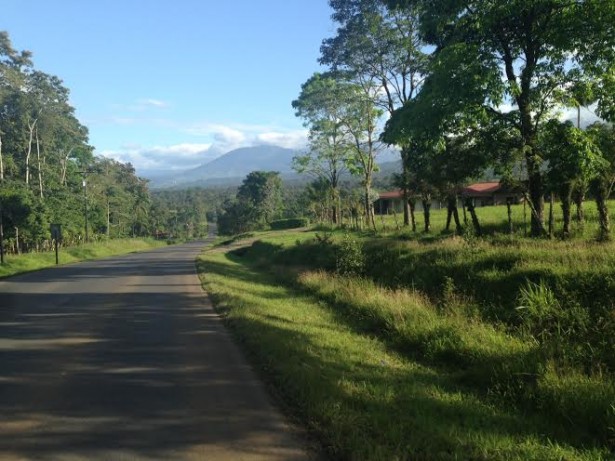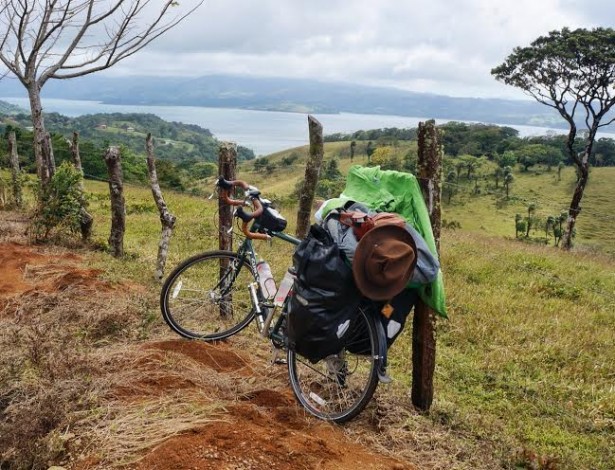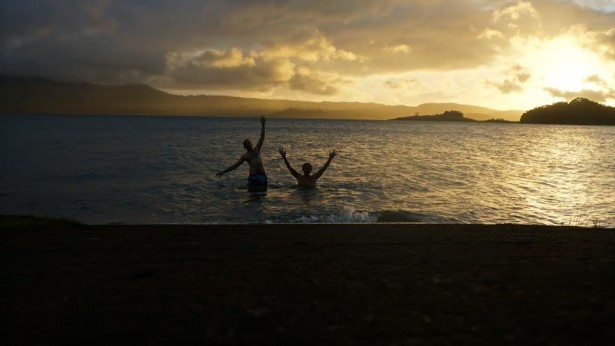
I’m almost to the Caribbean coast of Costa Rica, a part of the country less touched by tourism, raw with jungle, and Rastafarian culture. Everyone says it is more dangerous than the west coast, but I don’t give those warnings much credence anymore. This entire trip has been a warning from one local about the other on the far side of the hill. They are never right. But of course I will watch my belongings as I always do, don’t worry. Not that I have much to watch.

Costa Rica has been a strange and beautiful experience. We spent over a week on the Nicoya Peninsula, near Tamarindo, and down into Santa Teresa, and found it utterly controlled by foreign tourism. It seems as if an entire ecosystem of local Costa Ricans serving foreigners mixed drinks and selling real estate and over-charging for hamburgers is the way of life there. It is dry and the sun is so hot I could hardly walk from shade tree to shade tree. The dust roads that circle the town are sprayed with some bizarre derivative of sugar cane molasses that hardens like dried syrup on the dirt road and keeps the dust sealed. It smells sweet and rotten at the same time, and is sometimes overwhelming. Phillip and I stayed at a hostel for a few days and met travelers and vagabonds from all over the world. It is a good place to meet people, and the stories of why people are there fill every night with intrigue and cigarette smoke. But the tourist economy weighed heavy on Phillip and I and we began to bike away after a week.

We climbed the mountains up to Lake Arenal, a beautiful rainy soaked volcanic lake surrounded by jungle and cow pastures. Again, the tourism industry was strong there. The stereotypes that come with skin color are understandable but emotionally and philosophically tiring. White skinned people are seen as money and eccentric escaped retirees. Outside of Arenal we befriended a local bar owner and he explained the breakdown of races. Light skin is better. Speaking English is better. Nicaraguans are for labor. He told me “Costa Ricans look at Nicaraguans the same way the U.S. looks at Mexicans.” Costa Ricans are landowners.
I remember being in northern Uganda and being shocked by their distaste for Congolese. The human capacity to generalize and dislike their neighbor is incredible.
The impact of the United States on this part of the world is enormous. The U.S. themed stores that import our goods, the films, the vehicles, the English signs catering to tourists.
I don’t know what to think about it all just yet. I don’t mean to say it’s inherently bad. It is just humbling and thought provoking to be reminded that I hail from a nation whose behavior affects the whole planet.

Working with Invisible Children taught me to fight the tendency to distrust the other. Through storytelling, we can spread the power of our connection as opposed to the lazy belief of our differences. The world needs more storytellers, spreading this message between every culture that has allowed its borders to become the boundaries of their care and camaraderie.
We are excited to see the Caribbean coast because we’ve heard it is a snapshot of another time. Protected from high-dollar tourism by the same swampy jungle that protected Costa Rica from the worst of the conquest by the Spanish. I will let you know all about it.
Think people should hear about this?